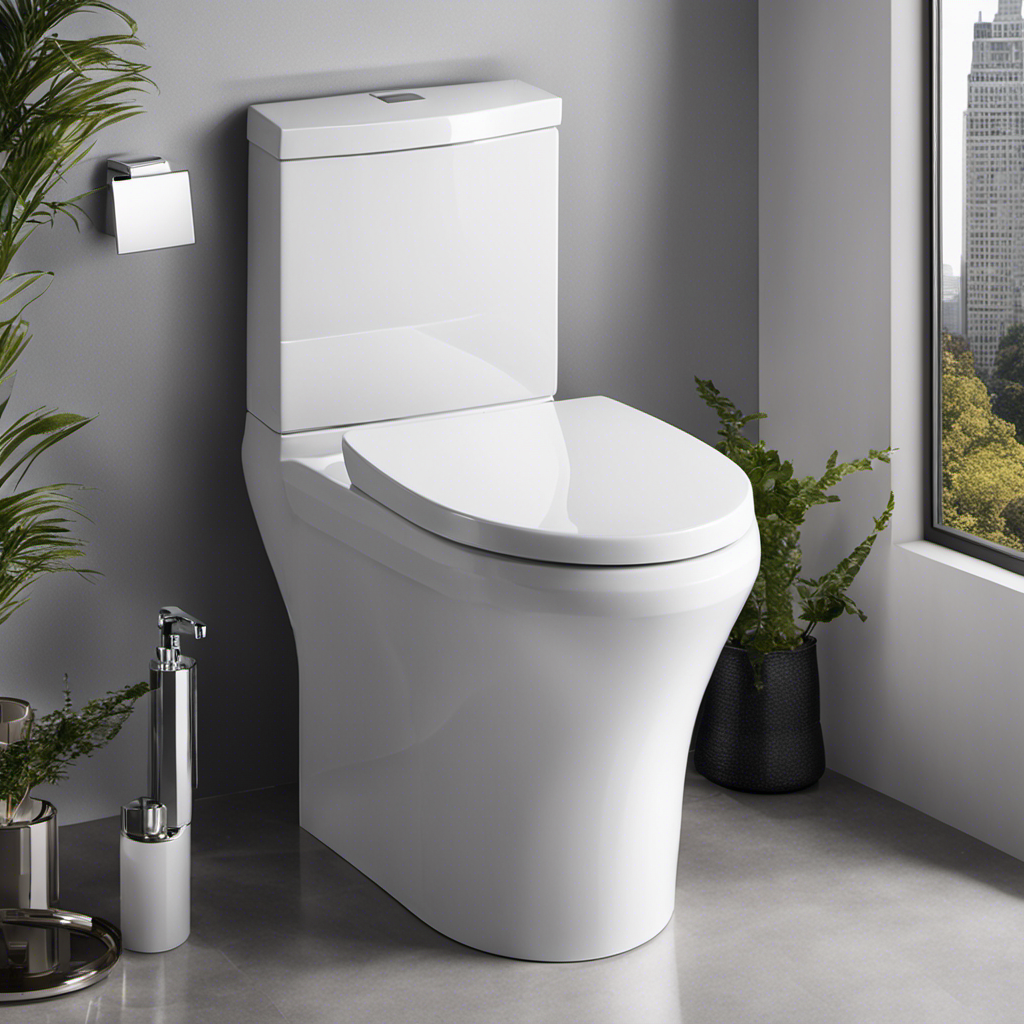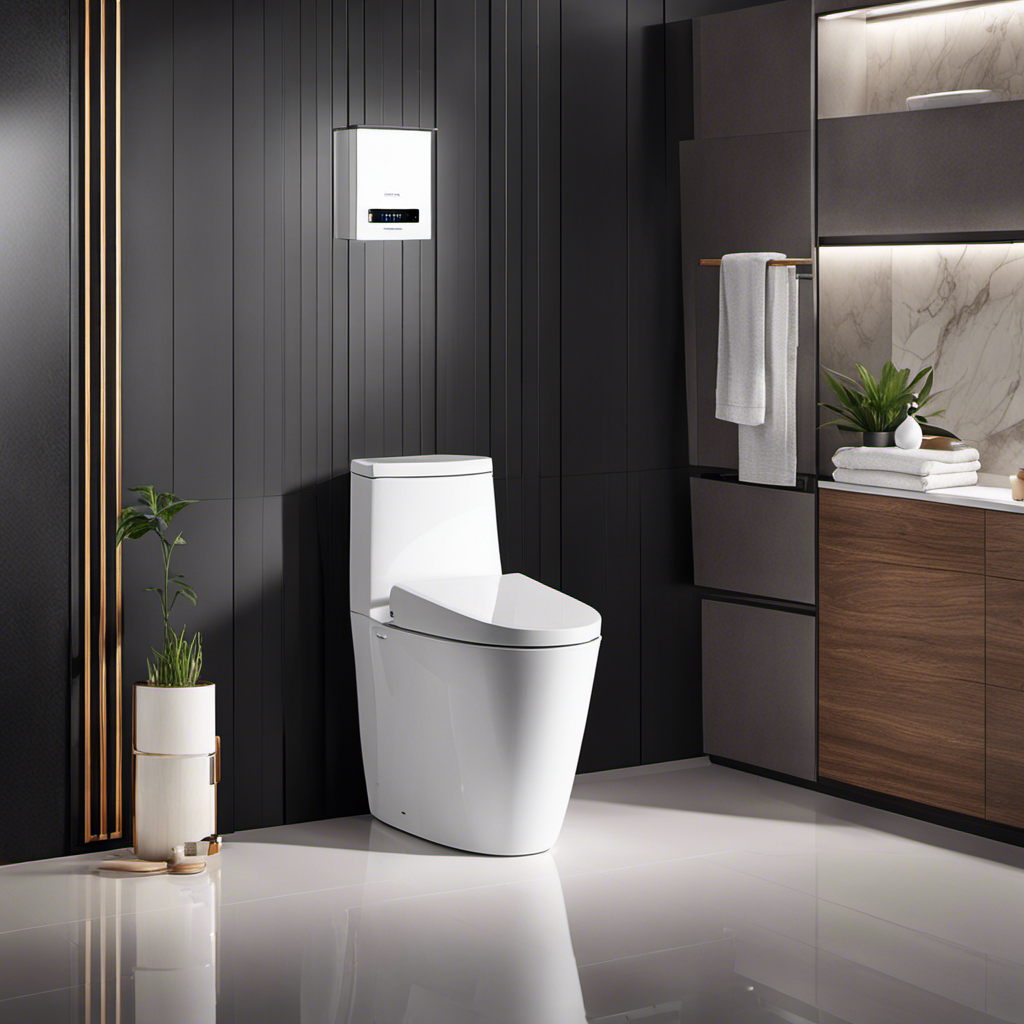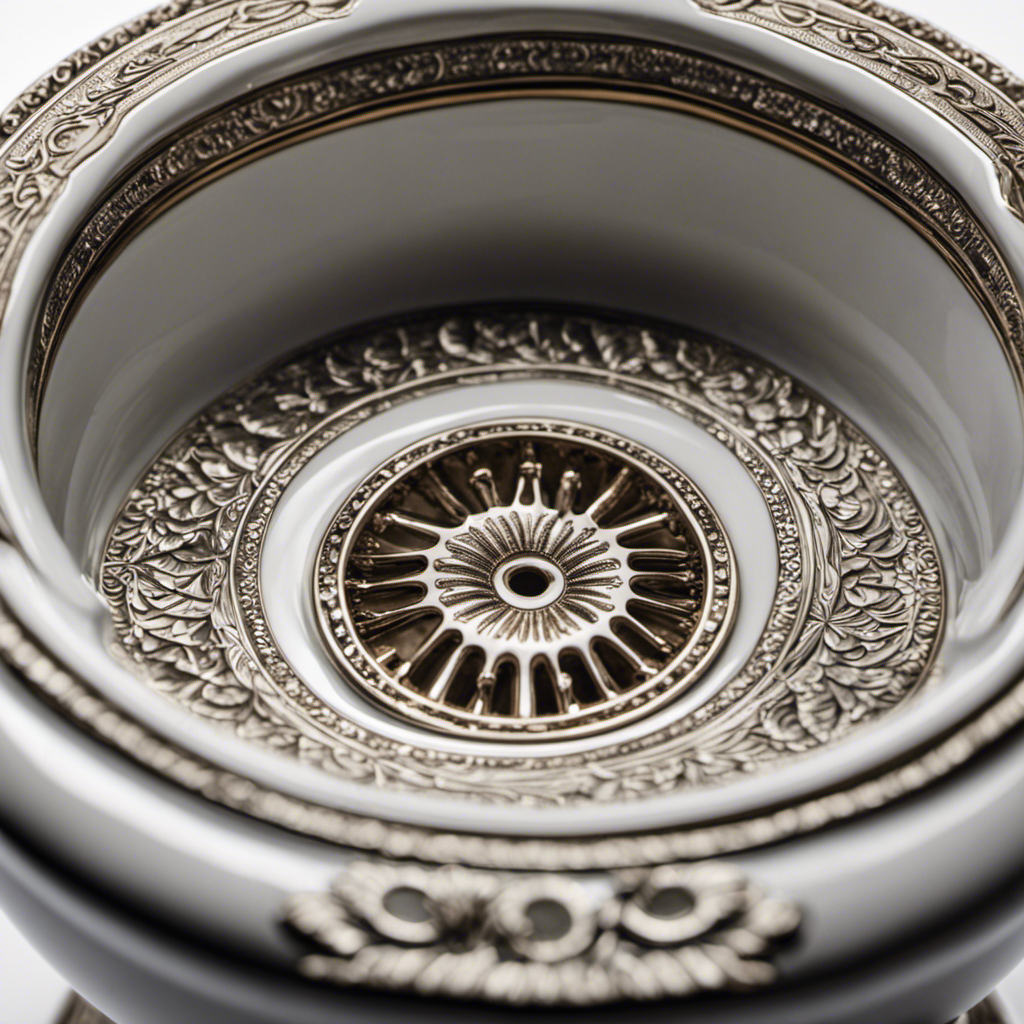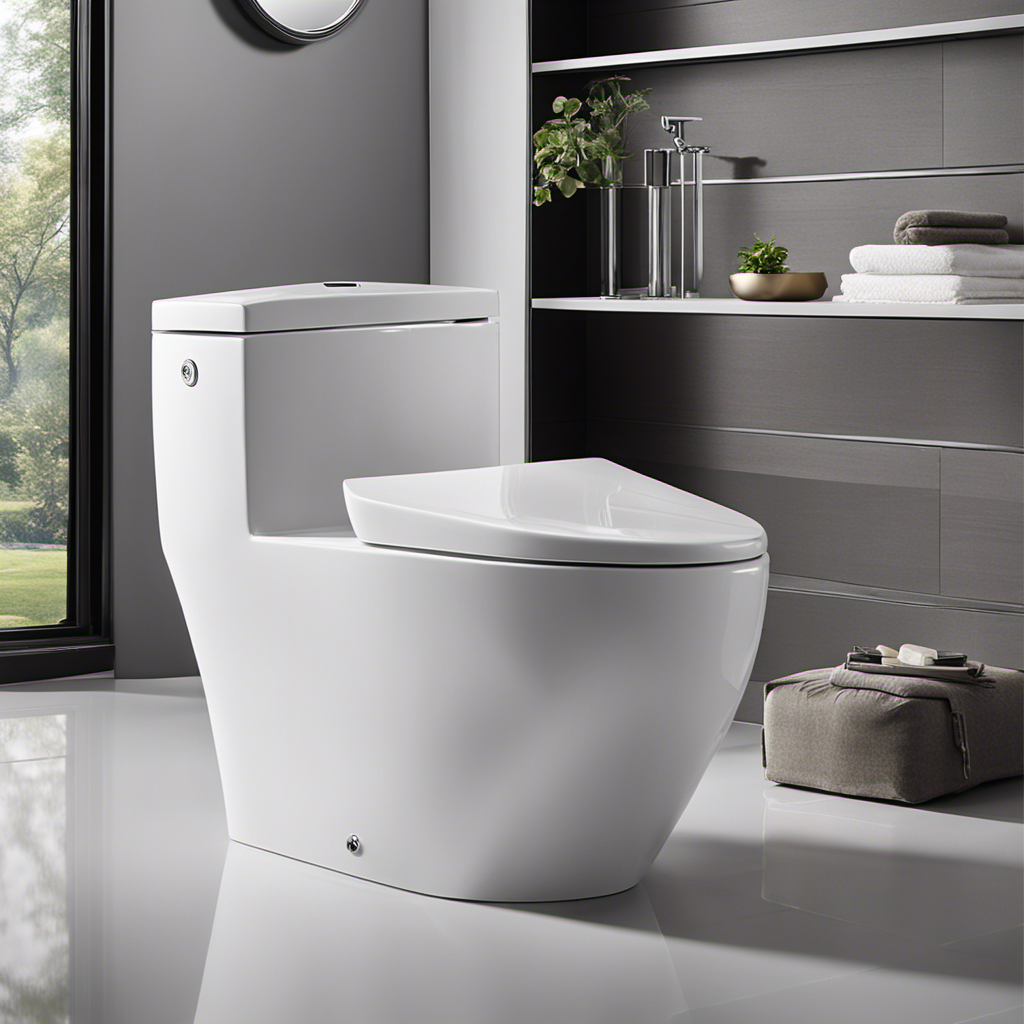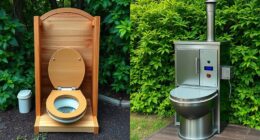As they say, ‘When nature calls, we answer.’ Welcome to my article on the fascinating world of toilets.
In this piece, I will delve into the history, types, components, maintenance, and even innovations of these essential fixtures.
From ancient civilizations to modern advancements, toilets have played a crucial role in our daily lives.
So, buckle up and get ready for a deep dive into the world of toilets, where we’ll explore the inner workings and the importance of maintaining these vital facilities.
Key Takeaways
- Toilets have a long history dating back to ancient civilizations.
- There are different types of toilets, including gravity-fed, pressure-assisted, dual-flush, and wall-mounted toilets.
- A toilet consists of various components such as the tank, bowl, seat, and flushing mechanism.
- Proper toilet maintenance is essential to prevent clogs, odors, and other issues.
History of Toilets
The history of toilets dates back to ancient civilizations, where rudimentary systems were used for waste disposal. Over time, the evolution of toilet designs has been influenced by cultural practices surrounding sanitation.
In ancient Egypt, for example, toilets were often located outside the house and consisted of a simple hole in the ground. In ancient Rome, public toilets called ‘latrines’ were used, featuring a series of stone seats with a flowing water channel beneath.
As societies advanced, so did toilet designs. The introduction of the flush toilet in the 16th century by Sir John Harrington marked a significant milestone in toilet technology. This innovation paved the way for the development of different types of toilets, each with its own unique features and functionalities.
Different Types of Toilets
Check out these various types of toilets available for you to choose from!
When it comes to toilet designs, there are several options that cater to different preferences and needs. One popular option is the gravity-fed toilet, which uses the force of gravity to flush waste down the drain.
Another option is the pressure-assisted toilet, which uses compressed air to improve flushing power. For those looking for water efficiency, there are dual-flush toilets that allow you to choose between a full or partial flush.
Additionally, you can opt for a wall-mounted toilet, which is attached to the wall and provides a sleek and modern look. When it comes to toilet technologies, you can find toilets with features like bidet functions, self-cleaning capabilities, and even heated seats. These innovations enhance the overall user experience and provide added convenience.
Now that we’ve explored the different types of toilets, let’s dive into the components that make up a toilet.
Components of a Toilet
Now that we know about the different types of toilets, let’s take a look at the components that make up this essential bathroom fixture.
Understanding the anatomy of a toilet is crucial for proper maintenance and troubleshooting. The main components of a toilet include the tank, bowl, seat, and flushing mechanism.
The tank houses the water that is used for flushing. It contains the fill valve, which controls the water level, and the flush valve, which releases the water into the bowl.
The bowl is where waste is deposited and has a trapway to prevent odors from escaping.
The seat provides a comfortable surface for sitting.
The flushing mechanism, typically a flush lever or button, activates the flush valve, allowing water to flow from the tank into the bowl, effectively removing waste.
With a proper understanding of these components, we can now delve into the importance of proper toilet maintenance.
Importance of Proper Toilet Maintenance
Make sure you regularly clean and maintain your toilet to prevent clogs and maintain proper functionality. Proper toilet maintenance is essential for ensuring toilet hygiene and preventing common toilet problems. Neglecting regular cleaning and maintenance can lead to unpleasant odors, clogged pipes, and potential health hazards. By following a few simple steps, you can keep your toilet in good working condition. Here is a table outlining some common toilet problems and their potential causes:
| Problem | Cause | Solution |
|---|---|---|
| Clogged toilet | Excessive toilet paper or foreign objects flushed down the drain | Use a plunger or drain snake to clear the blockage |
| Leaking toilet | Worn out flapper or faulty fill valve | Replace the flapper or fill valve |
| Weak flush | Low water level or clogged rim jets | Adjust the water level or clean the rim jets |
Regular maintenance, such as cleaning the bowl, checking for leaks, and inspecting the components, can help prevent these issues and ensure a properly functioning toilet.
Innovations in Toilets
There’s been a lot of recent innovation in toilets, with new features like self-cleaning capabilities and water-saving mechanisms becoming more popular.
Smart toilets are leading the way in this revolution, offering advanced functions and connectivity. These toilets come equipped with sensors that detect when a person is sitting or standing, allowing for automatic flushing and water flow adjustments. Some models even have built-in bidet and drying functions, eliminating the need for toilet paper.
Additionally, eco-friendly toilets are gaining traction, designed to conserve water while still maintaining optimal performance. These toilets utilize dual-flush technology, allowing users to choose between a full flush or a partial flush, depending on their needs. Advanced flushing systems ensure efficient waste removal, while reducing water consumption.
With these advancements, toilets are not only becoming more convenient, but also more sustainable.
Frequently Asked Questions
How Do Toilets Contribute to Water Conservation?
Toilets contribute to water conservation through innovative flushing technology and water-saving designs. These advancements reduce the amount of water used per flush, helping to conserve this precious resource while maintaining proper sanitation standards.
Are Bidets Considered a Type of Toilet?
Yes, bidets are considered a type of toilet accessory. They provide a hygienic and efficient alternative to toilet paper, utilizing water to clean oneself after using the toilet. Bidets are becoming increasingly popular in many parts of the world.
Can Toilets Be Installed in Outdoor Spaces?
Yes, toilets can be installed in outdoor spaces. Outdoor toilets, such as portable toilets, offer convenience and hygiene in outdoor events or construction sites. They provide a sanitary solution for waste disposal.
What Are Some Common Toilet Problems and How Can They Be Fixed?
Toilet troubleshooting can be a hassle, but with some DIY toilet repairs, you can fix common problems. From clogged drains to leaky tanks, knowing how to tackle these issues can save you time and money.
Are There Any Health Risks Associated With Using Public Toilets?
Are there any health risks associated with using public toilets? Public toilets may pose health risks due to poor sanitation measures. How can we protect ourselves?
Conclusion
In conclusion, the toilet is a crucial part of our daily lives that often goes unnoticed. From its humble beginnings in ancient civilizations to the modern innovations we see today, toilets have come a long way.
It’s fascinating to think that the average person spends about 3 years of their life sitting on a toilet. This interesting statistic highlights just how important toilets are in our lives and emphasizes the need for proper maintenance to ensure their longevity and functionality.
So next time you visit the bathroom, take a moment to appreciate the marvel that is the toilet.
